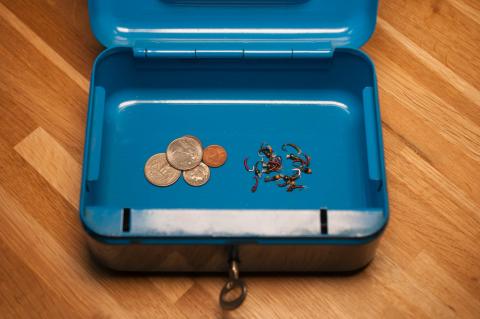F-Stein, I only just now saw your post. My article is delimited to salt water application, and since writing it, I have used 4 # florocarbon. It could be said to be complicated, but most of the complication is semantics. One a jib is made, it is faster than a twisted leader than some folks suggest. There are many differences. The furled leader has no knots, and a smooth step down. Twisted leaders usually have more knots, and abrupt step downs since the lines are doubled and knotted. I'd be pleased to learn how you make them. I am: Bob Brown, buttonwoodbob@earthlink.net
- Log in to post comments

